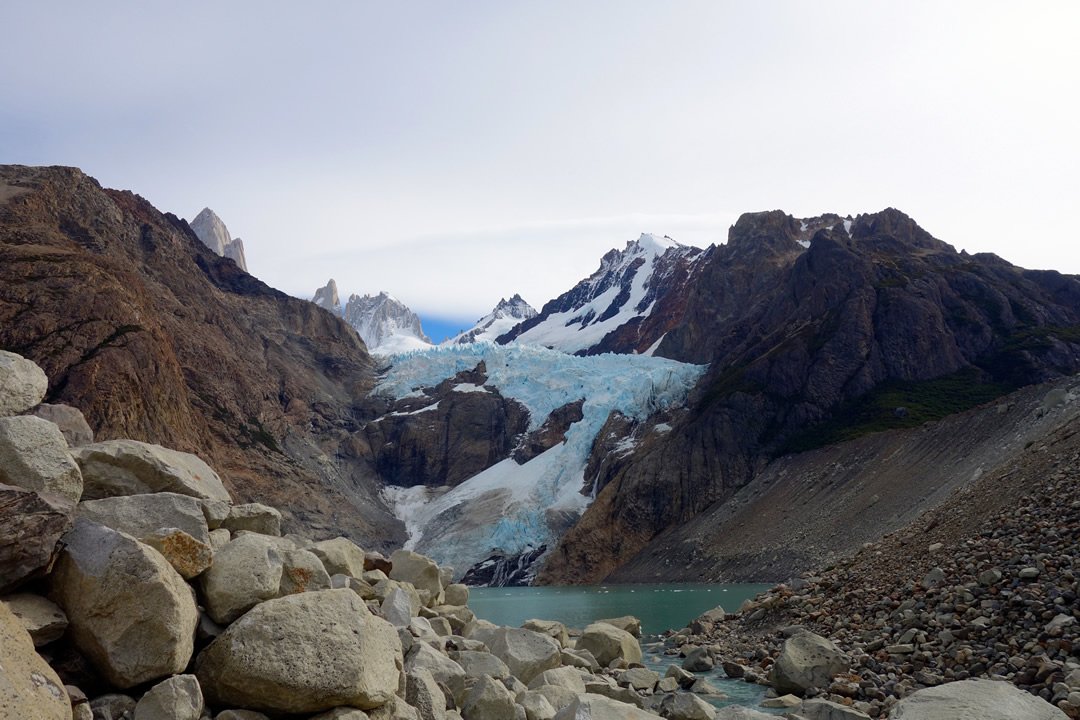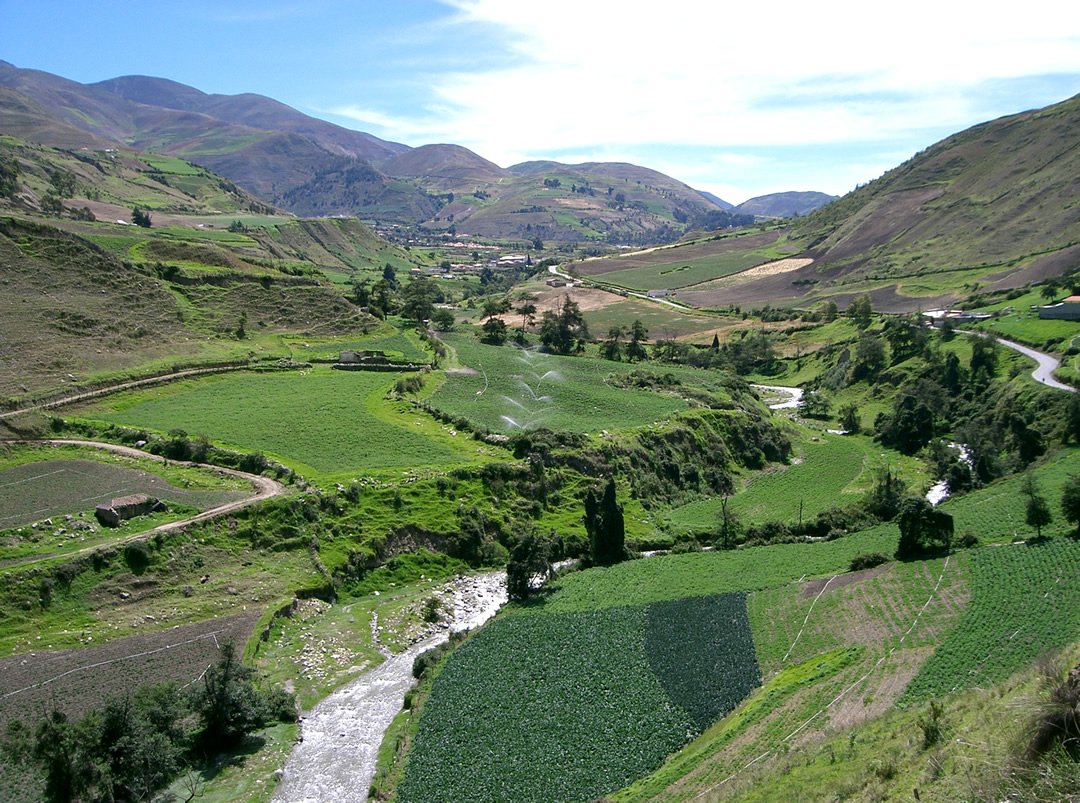Darío de la Fuente – iNaturalist

Priority Themes
Biodiversity and Ecosystem Services

Mountains are hot spots for biodiversity continentally and globally. They exhibit a high proportion of endemic species, along with a high vulnerability to climate change and to the vertical displacement of thermal floors. The Andes mountain range, the longest on earth, is home to three areas considered global biodiversity hotspots: the Tropical Andes, the Tumbes-Chocó Magdalena region, and the Winter Rainforests of Chile. Throughout the more than 7,000 km of extension of the Andes there is an enormous variety of ecosystems of forests, shrublands, páramos and mountain grasslands, environments that are also home to emblematic species such as the spectacled bear, the puma and the cóndor.
Mountain ecosystems provide diverse services to the vibrant Andean cities, which recognize the importance of the mountains and keep close ties with them. Among the various benefits they provide are water regulation services, soil fertility, flood control, and crop pollination. The natural diversity of the Andes is tied with the cultural diversity of the region, expressed in its native languages, traditions, and ancestral practices for the use of natural resources. These have been affected by the new reality of economic development, and the relations with the biodiversity and the means of production of the rural population is now changing.
The Andean Mountains Initiative considers the preservation of biodiversity and ecosystem services as a priority line of action in the “Action Plan for the Sustainable Development of the Andean Mountains“. Efforts have been made towards the generation of information, experience sharing, and good practices.
Climate Change and Risk Management

Sean Munson / Flickr
The Andes are highly impacted by climate change and vulnerable to its effects, which have complex interactions with changes in land use. The increase in temperature and the more heterogeneous changes in the rainfall regimes (very intense or very little) have effects on the glaciers, accelerating their retreat throughout the continent. They also have an impact on the landscape, such as changes in the distribution of ecological floors and ecosystems (especially in the páramos, punas and evergreen forests); the increase in the degradation of strategic environments such as peat bogs and high Andean wetlands; and the reduction of the extent of the climatic niches of many endemic or restricted-distribution species.
The impact of climate change on mountain basins is directly associated with risk management. Extreme weather events, such as heavy rains, floods, droughts, forest fires, and landslides, are expected to increase in frequency and intensity, causing human and economic losses. This situation directly affects people and their activities: a third of the population of the AMI countries live in the Andes.
Since 2018, the Andean Mountains Initiative has promoted the “Strategic Agenda on Adaptation to Climate Change in the Andes“, which establishes objectives aimed at reducing vulnerability; strengthening the adaptation and resilience processes of Andean communities; and strengthening scientific research, social and environmental information necessary for the planning of adaptation measures at the regional level.
Water Resources and Food Security

Luis Daniel Llambí
The Andes are the water towers of the continent, as evidenced in its rivers, glaciers, lagoons, wetlands and groundwater. Population growth, added to the impacts of climate change, increase conflicts over the use of water in the region. The reserves of water can be insufficient to cover the demands, especially during the dry season. Some of the most important cities on the continent, including capitals such as Bogotá, Quito, La Paz and Santiago de Chile, are located in the andean mountains. Others, like Lima, depend directly on the water that comes from the Andes.
The use and management of water is closely linked to food security and the needs of the rural and urban population. Societies settled in the Andes for hundreds of years have cultivated a relationship with nature through work at the community level. The traditional Andean tuber management practices (potato, oca, mashua), the hydraulic engineering for the use of water (qochas and canals), and the use of land (andenes) are recognized as highly valuable. The development of agriculture with an adequate use of the biodiversity and genetic resources of the Andes, and the use of sustainable ancestral practices and clean technology, will be important to face the impacts of climate change in the high-poverty regions of the Andean region.
In 2007, the Andean Mountain Initiative, through the “Declaration of Tucumán“, raised the integrated and sustainable management of hydrographic basins as a priority issue, recognizing the close relationship between the conservation and sustainable management of mountain ecosystems, the supply of water and food security.
Health and Poverty Reduction

Ruslana Iurchenko / Shutterstock
Population growth, urbanization, and economic development in the region have generated important changes in land use. The population of the Andes is now more diverse. It is not only settled in the countryside and linked to agricultural and livestock activities, but has diversified to multiple economic activities, including tourism. Cities have developed rapidly, with a significant increase in the urban population: 83% of the population of the Andes now lives in cities. Although the Human Development Index has registered an increase in all the Andean countries, urban development, often insufficiently planned, brings with it problems of poverty and scarcity of resources. This brings constant planning challenges, and requires the implementation of sustainable development practices.
In the health sector, it is essential to understand the role that climate plays in the exacerbation, re-emergence or emergence of diseases, and to quantify its impact on public health. The effects are usually unequal, disproportionately impacting the most susceptible populations, such as children and the elderly in high mountain areas. Indirect deaths from noncommunicable, infectious, waterborne, and vector-borne diseases are sometimes exceed the ones directly caused by extreme weather events.
The situation of vulnerability of mountain areas is evident. Member countries of the Andean Mountain Initiative have been developing plans and strategies for adaptation to climate change in the health sector, in order to face its effects in the Andean region.
